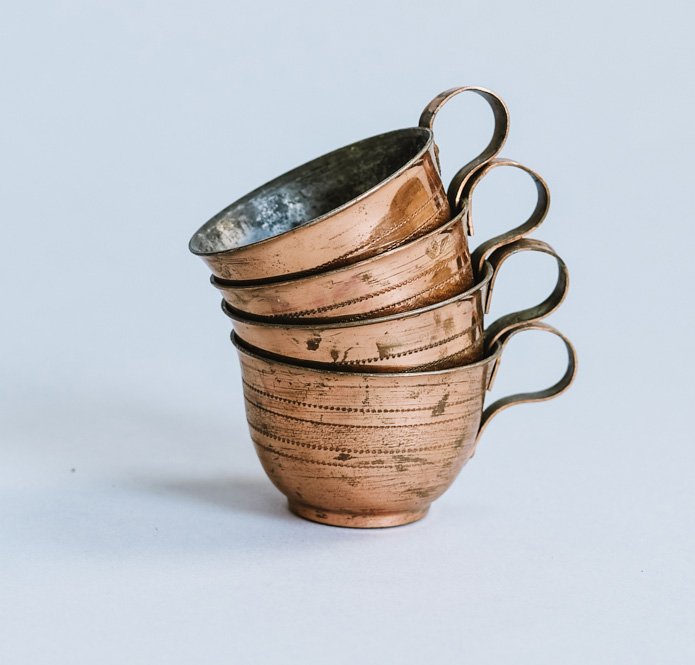The Rise of Virtual Auction Houses: How Online Auctions Are Changing the Antique Market
The antique market has experienced a profound transformation over the past decade, driven by the rise of virtual auction houses. Once reserved for in-person events, auctions have now moved online, providing a convenient, accessible platform for antique collectors, investors, and enthusiasts. Virtual auction houses are changing how antiques are bought and sold by expanding access, diversifying inventory, and bringing exciting, rare pieces within reach of buyers worldwide. Here’s a closer look at how online auctions are reshaping the antique market and creating a new era for collectors.
1. Broadening Access to a Global Audience
One of the most significant impacts of an online antique auction in Long Island is its ability to reach a global audience, opening up antique markets like never before.
- Accessibility for All: Traditional in-person auctions required physical attendance, limiting participation to those who could attend the auction site. Virtual auction houses allow anyone with internet access to bid from anywhere in the world, making auctions far more inclusive.
- Connecting Buyers and Sellers Worldwide: Virtual auction houses connect international buyers with sellers across various regions, enabling them to discover pieces from cultures and periods that may have been inaccessible in local markets.
- Breaking Down Time and Language Barriers: Virtual auction platforms offer flexibility, allowing users to participate in auctions across different time zones and languages, making it easier to engage with diverse markets.
Why It Matters: For collectors, the ability to access antiques globally means more choices, rare finds, and opportunities to build diverse collections. For sellers, it expands the potential buyer pool, which can lead to higher bids and faster sales.
2. Diversifying the Range of Antiques Available
Virtual auction houses are not limited by physical space, allowing them to offer a broader and more varied selection of antiques than traditional auction houses.
- Increased Inventory Variety: With online platforms, auction houses can list a vast array of items, from furniture and jewelry to paintings, sculptures, and rare collectibles. This diversity attracts a broader range of buyers, including niche collectors searching for unique items.
- Seasonal and Themed Auctions: Virtual auction houses can host frequent themed auctions, such as Art Deco, Mid-Century Modern, or Victorian, appealing to specific collector interests. These curated events offer buyers a chance to explore specialized collections.
- Collaboration with Local Sellers: Many virtual auction platforms partner with local antique shops and collectors, integrating smaller markets and unique items into a global marketplace. This creates more variety for buyers, who can find both high-end and accessible items in one place.
Why It Matters: The diversity in available antiques encourages collectors to explore new areas and build eclectic collections. For investors, it presents more options for finding unique, valuable pieces that stand out.
3. Innovative Technology Enhancing the Auction Experience
Technology is at the core of the virtual auction revolution, making the buying experience more interactive, informative, and secure.
- Live Streaming and Real-Time Bidding: Many virtual auction houses offer live-streamed events that replicate the excitement of in-person auctions. Real-time bidding features allow users to experience the thrill of the auction from their screens.
- High-Quality Visuals and 3D Viewing: Advanced imaging technology, including 3D views, high-resolution photos, and zoom capabilities, gives buyers a closer look at items than traditional printed catalogs ever could.
- Augmented Reality (AR) for “Placing” Items at Home: Some auction platforms incorporate AR technology, enabling buyers to visualize antiques in their own spaces, making it easier to imagine the item’s size and style within their home.
Why It Matters: These technological advancements make the auction experience more engaging and realistic for buyers, helping them make informed decisions without needing to see the item in person.
Conclusion
The rise of virtual auction houses has revolutionized the antique market by providing global access, diversifying inventory, enhancing the buying experience, and making antique collecting more sustainable and community-oriented. With advanced technology, affordable options, and a wide variety of unique items, online auctions are opening new doors for both casual buyers and serious collectors. For anyone interested in antiques, virtual auction houses offer an exciting, convenient, and engaging way to participate in the timeless art of collecting.
FAQs
1. How do I get started with virtual antique auctions?
Simply register on an auction platform, browse their listings, and familiarize yourself with their bidding and payment processes. Many platforms offer beginner guides to help new users.
2. Are online auctions safe for buyers?
Yes, reputable virtual auction houses provide secure payment options, verified appraisals, and buyer protection policies. Look for well-known platforms to ensure a safe experience.
3. Can I return items purchased through a virtual auction?
Return policies vary by platform. Some auction houses have a “final sale” policy, so be sure to read the terms before placing a bid.
4. Do I need to pay extra fees at virtual auctions?
Many virtual auction houses charge a buyer’s premium and shipping fees, but these are often lower than traditional in-person auctions. Each platform’s fee structure may vary.
5. How can I assess the authenticity of antiques online?
Reputable virtual auction houses provide detailed descriptions, appraisals, and provenance information.






